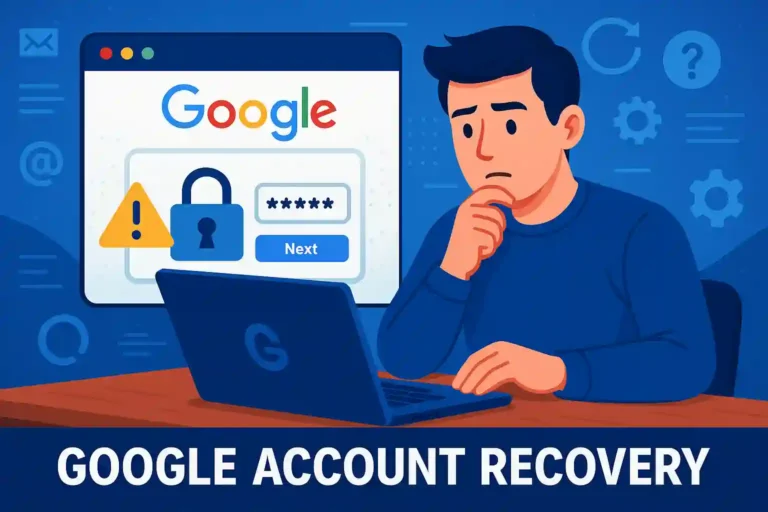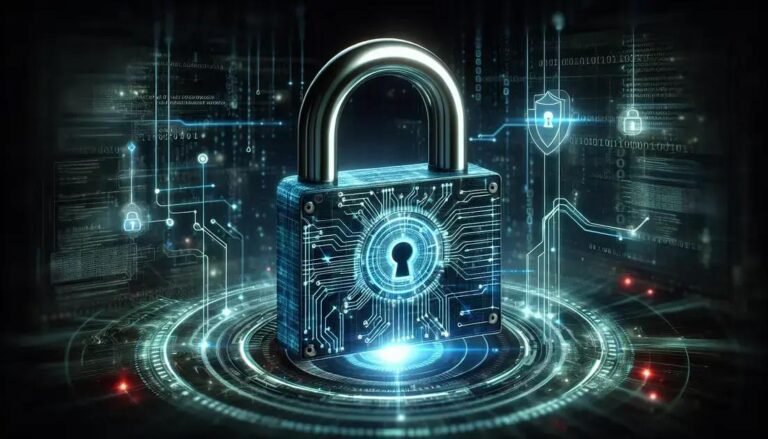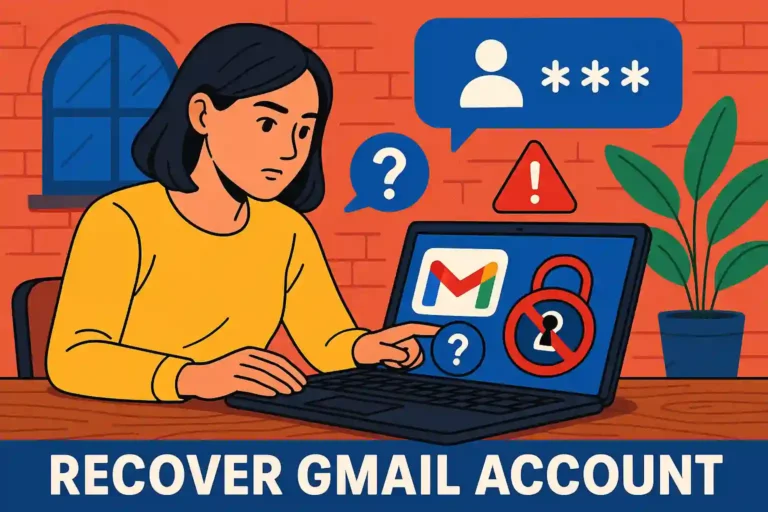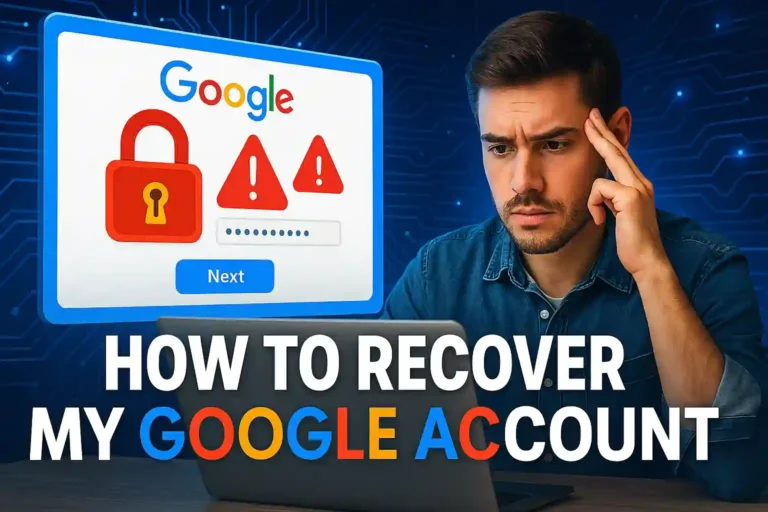Deleted Numbers? Learn How to Recover From Google Backup
Ever wondered what happens when you accidentally lose important contacts? The moment of panic when you realize someone’s number has vanished can be overwhelming. But hey, don’t worry. Here, we’re diving deep into how to restore deleted contacts and save yourself those sleepless nights.
Picture this: a crucial meeting is tomorrow, and your client’s contact is missing. Been there? You’re not alone. We’ve all faced that moment when a name just disappears from our list. But instead of panicking, there’s hope at the end of the tunnel.
Imagine being able to retrieve every lost contact effortlessly. Sounds amazing, right? Through simple steps and powerful tools, restoring deleted contacts becomes not just a possibility, but a guarantee. So, ready to get back on track?
Understanding The Importance Of Contact Restoration
Restoring deleted contacts is essential for both personal and professional communication. When a contact is lost, it can lead to missed opportunities, disrupted communication, and unnecessary stress. Understanding the significance of restoring deleted contacts can help mitigate these issues.
The Ripple Effect of Lost Contacts
Imagine needing to reach a mentor or a longtime client, only to realize their information is gone. This loss doesn’t just affect immediate communication; it can impact future plans and relationships. For businesses, restoring contacts means maintaining a reliable network, ensuring client satisfaction, and facilitating collaboration.
In personal contexts, having the ability to retrieve deleted contacts preserves friendships and connections that technology often enables. Restoring contacts is like piecing together a puzzle of social and professional networks, critical for seamless interaction.
Methods to Protect Your Contacts
- Regularly back up your data to ensure you can recover information when needed.
- Use cloud services that automatically sync and update contact lists.
- Regular audits of contact lists can help spot discrepancies and prevent accidental deletions.
Step-by-Step Guide To Restoring Deleted Contacts
Recovering deleted contacts can seem tricky, but with the right steps, you can restore them with ease. Keeping a systematic approach ensures that nothing is missed during the recovery process.
1. Check Your Trash or Recycle Bin
Most devices store deleted contacts in a trash or recycle bin for a limited time. Check if your contacts are still retrievable from these temporary storage areas.
2. Use Device Features
- iOS: Access iCloud settings, navigate to the ‘Contacts’ option, and attempt a restore from a previous backup.
- Android: Check Google Contacts for backup options. Most sync with Google accounts, allowing for straightforward restoration.
3. Employ Third-Party Software
Various applications are designed to recover deleted data. Ensure the software is reputable and compatible with your device to avoid data loss.
4. Restore from a Backup
If you regularly back up your data, restoring contacts becomes simpler. Connect your device to your computer or cloud service and select the most recent backup.
5. Contact Your Service Provider
If all else fails, reach out to your service provider. They might have additional solutions specific to your account or service plan.
Effective Tools For Contact Recovery
Retrieving deleted contacts becomes more straightforward with the right tools. These tools can streamline the recovery process and improve your chances of success. Exploring different options ensures you find what best fits your needs.
Native Device Features
- iPhone: iCloud offers a straightforward way to recover contacts if you’ve enabled backup settings. Navigate to ‘Settings’, then ‘iCloud’, and finally ‘Restore Contacts’.
- Android: Google Contacts can recover contacts if synced with your Google account. Use the ‘Undo Changes’ feature to revert to previous states.
Specialized Recovery Apps
- Dr. Fone: Known for its versatility, Dr. Fone supports various devices, offering data recovery options that include contacts.
- EaseUS MobiSaver: Provides an easy-to-use interface with strong recovery capabilities for iOS and Android users.
Cloud Services
- Dropbox and Google Drive: Regularly backing up contacts to cloud services ensures easy restoration processes when necessary.
These tools not only retrieve lost information but also serve as preventative measures. Regular backups should become a routine practice, ensuring contacts are always secure and recoverable.
Preventive Measures To Protect Your Contacts
Proper preventive measures can save the hassle of dealing with lost contacts. By implementing a few simple tactics, you can ensure that your contact list remains intact and accessible at all times.
Regular Backups
Set up automatic backups for your contacts. This can be done through cloud services like Google Drive or iCloud. Regular backups mean you have a safety net if anything goes wrong.
Frequent Syncing
- Ensure Devices Are Synced: Keep your devices in sync with your computer or cloud. This prevents data discrepancies and ensures your contacts are always updated.
- Use Sync Tools: Tools like Microsoft Outlook or Apple’s iCloud provide seamless integration and updating across devices.
Organizing Contacts Efficiently
Maintain a clear and concise list by regularly reviewing and organizing your contacts. Remove duplicates and outdated information to keep your list clean.
Use Robust Privacy Settings
Ensure your privacy settings are secure. Use strong, unique passwords and enable two-factor authentication where possible. This guards against unauthorized access to your contacts.
FAQ – Frequently Asked Questions About Restoring Deleted Contacts
What should I do first if I accidentally delete a contact?
Check your phone’s recycle or trash bin as most devices temporarily store deleted contacts there for easy recovery.
Can I recover contacts without using third-party software?
Yes, use native device features like iCloud for iOS or Google Contacts for Android to restore lost contacts.
Which apps are recommended for recovering deleted contacts?
Trusted apps like Dr. Fone and EaseUS MobiSaver are known for their effective contact recovery capabilities across various devices.
How can cloud services assist in contact recovery?
Regularly syncing your contacts with cloud services like Google Drive or Dropbox allows for quick recovery when needed.
Is there a way to prevent contact loss in the future?
Regularly back up your contacts and ensure devices are consistently synced with secure cloud services to prevent future loss.
What privacy measures should I take for my contact list?
Enable two-factor authentication, use strong passwords, and regularly update your privacy settings to protect contact information.






